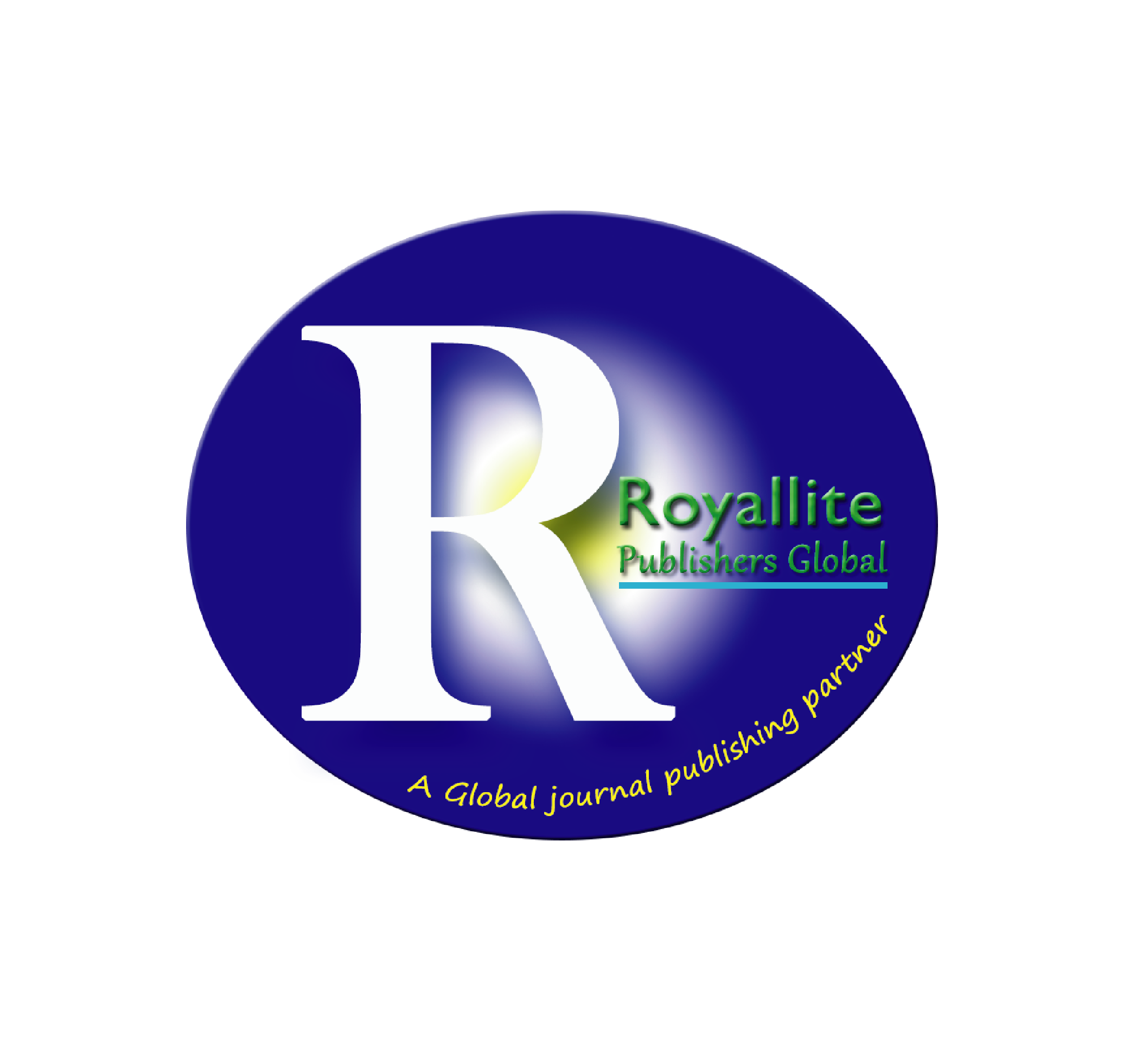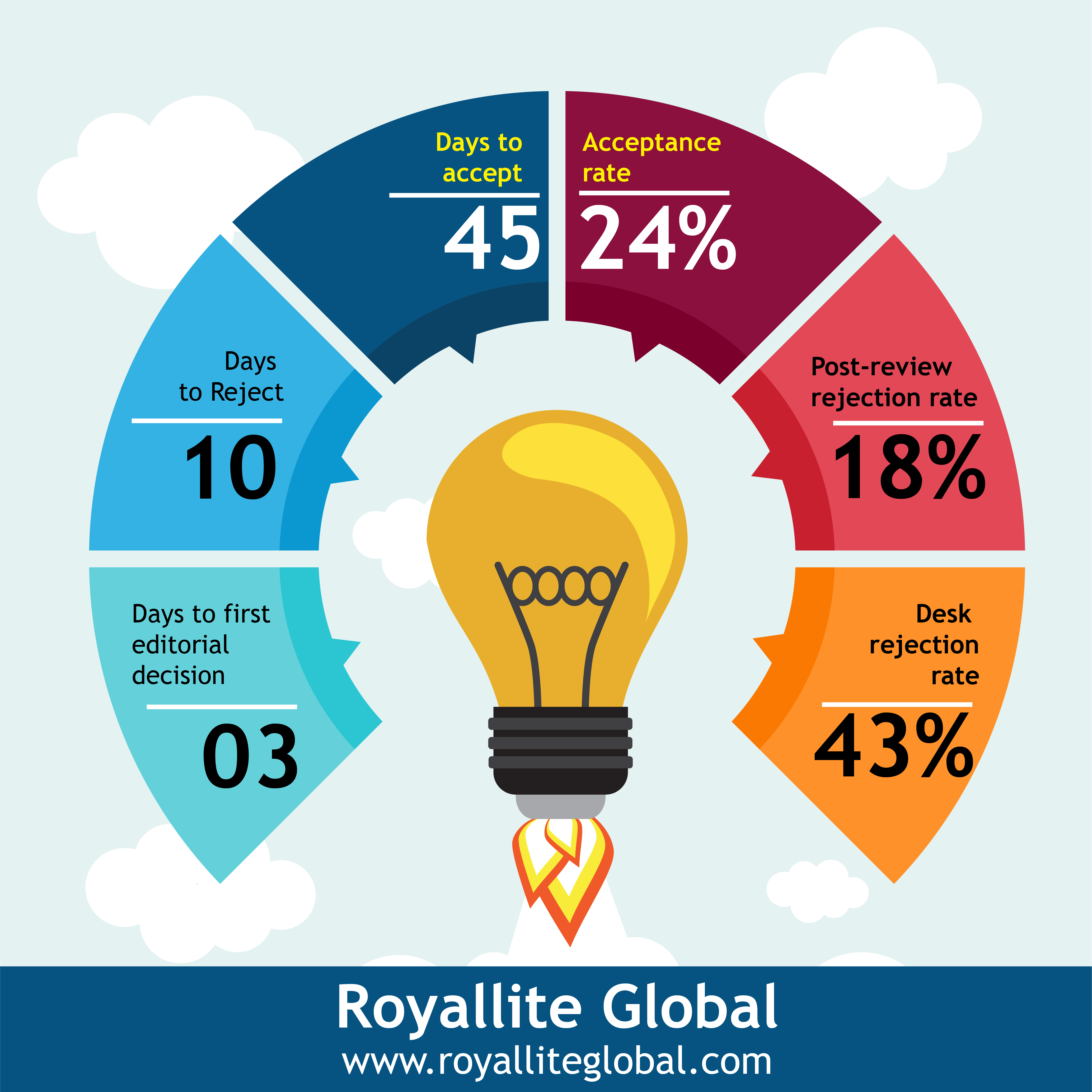The motif of African perfomance drama in the Kiswahili play: The example of Mashetani, Pungwa, Ngoma ya Ng’wanamalundi andMashetani Wamerudi
Keywords:
African performance drama, motif, Inter-textuality, New historicism, Kiswahili playAbstract
This paper investigates the use of devises of African performance drama and cultural heritage in the construction of the Kiswahili play. In the investigation the paper analyzed four Kiswahili plays sampled purposively for use of African performance drama devises as a recurring archetype used in the design and construction of the modern Kiswahili play. The play-books were Mashetani, Pungwa, Ngoma ya Ng’wanamalundi and Mashetani wamerudi. The analysis was based on two theories namely; New Historicism by Greenblatt and the theory of Inter-textuality by Julia Kristeva. The inter-textuality theory enabled a comparative identification of texts and the history of the themes adopted from African performance drama by the play writers in a span of almost fifty years to construct a typical modern Kiswahili play. The inter-textuality theory also enabled us to establish the freedom of the Kiswahili play author in making reference to African performance drama items in the plays and in analyzing their style, methods and themes adopted from African performance drama to reconstruct and realize a new typical modern Kiswahili play.
References
Bakhtin, M. M. (Ed) (1990). Art and Answerability. Austin. University of Texas Press.
_____________ (1981). The Dialogic Imagination: Four essays. Austin. University of Texas Press.
Brecht, B. (1948). Caucasian Chalk Circle. University of Minneapolis Press.
Finnegan, R. (1990). Oral Literature in Africa. Nairobi. Oxford University Press.
Hussein, E. (1971). Mashetani. Nairobi. Oxford University Press.
Indagasi, H. (1991). Notes on William Shakespear’s Romeo and Juliet. Nairobi. East African Educational Publishera Ltd.
Kabira, M. W., (1983). The Oral Artist. Nairobi. Heinmann.
King’ei, G. K., na Kisovi, C., (2005). Misingi ya Fasihi Simulizi. Nairobi. Kenya Literature Bureau.
Kobia, J. M. (2008). “Utendaji katika nyiso za waigembe. Tasinifu ya uzamifu”. Chuo Kikuu cha Kenyatta.
Kristeva, J., (1980). Desire in Language: A semiotic Approach to Literature and Art. Columbia University Press. New York.
___________, (1984). Revolution in Poetic Language. New York. Colombia University Press.
Kubo, M., Mvati, M., Kanuri, J. na Kiongera, K. (2013). Mwangaza wa Fasihi. Nairobi. The Franciscan Kolbe Press.
Marete, J. K. (1998). “Ujadi katika tamthilia mbili za Emmanuel Mbogo”. Tasinifu ambayo haijachapishwa. Chuo kikuu cha Moi.
Mbogo, E. (1999). Ngoma ya Ng’wanamalundi. Nairobi. Standard Textbooks Graphics and Publishing.
Mohamed, S. A. (1988). Pungwa. Nairobi. Longhorn
____________ (2000). Review of Ebrahim Hussein. Swahili Theatre and Indivitualism. ByAlain Ricard. Nordic Journal of African Studies 14,3: 418
____________ (2016). Mashetani Wamerudi. Barabara ya Sir Apollo Kaggwa, Kampala; Barabara ya Airport, Remera, Kigali. Sportlight Publishers (EA) Suppliers Ltd.
Muhando, P. na Balisidya, N., (1976). Fasihi na Sanaa ya Maonyesho. Dar es Salaam. T.P.H.
Mulokozi, M. M., (1989). “Tanzu za Fasihi Simulizi”. Katika, Mulika (Juzuu Na. 21) Dar es Salaam.
_____________ (1996). Utangulizi wa Fasihi. Dar es Salaam. TUKI.
Murimi, J. N., (2016). “Mwingilianotanzu katika Muziki wa Modern Taarab-mipasho”. Tasnifu ambayo haijachapishwa. Chuo kikuu cha Moi.
Njogu, K., na Wafula, “R. M. (2007). Nadharia za Uhakiki wa Fasihi. Jomo Kenyatta Foundation. Nairobi.
Senkoro, F. E. M. K. (1996). Understanding Gender through Genre: Oral Literature as a Vehecle for Gender studies in East Africa. A Paper presented at the annual African Literature Association. Howard University. Washington DC.
____________, (2011a). Fasihi. Dar es Salaam. KAUTTU Ltd.
Wamitila, K.W. (2002). Uhakiki wa Fasihi na Vipengele vyake. Phenix publishers Ltd. Nairobi, Kenya.
___________ (2008). Kazi ya Fasihi. Misingi ya Uchunguzi wa fasihi. Nairobi. Vide Muwa Publishers Ltd.
Downloads
Published
License
Copyright (c) 2020 EZRA NYAKUNDI MOSE

This work is licensed under a Creative Commons Attribution-NonCommercial-ShareAlike 4.0 International License.
This open-access article is distributed under a Creative Commons Attribution (CC-BY) 4.0 license.
You are free to: Share — copy and redistribute the material in any medium or format. Adapt — remix, transform, and build upon the material for any purpose, even commercially. The licensor cannot revoke these freedoms as long as you follow the license terms. Under the following terms: Attribution — You must give appropriate credit, provide a link to the license, and indicate if changes were made. You may do so in any reasonable manner, but not in any way that suggests the licensor endorses you or your use. No additional restrictions You may not apply legal terms or technological measures that legally restrict others from doing anything the license permits.






